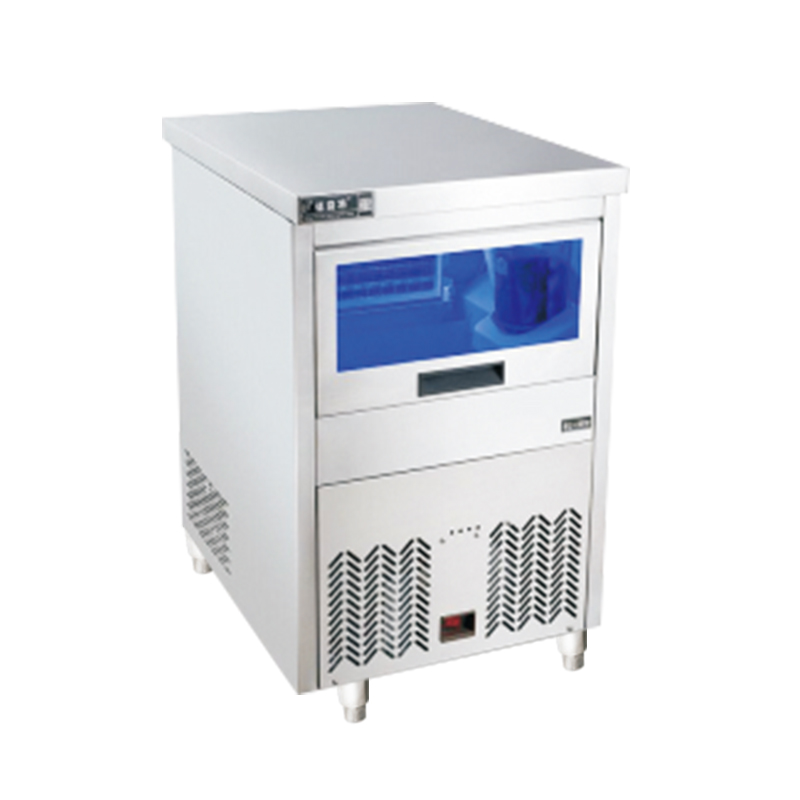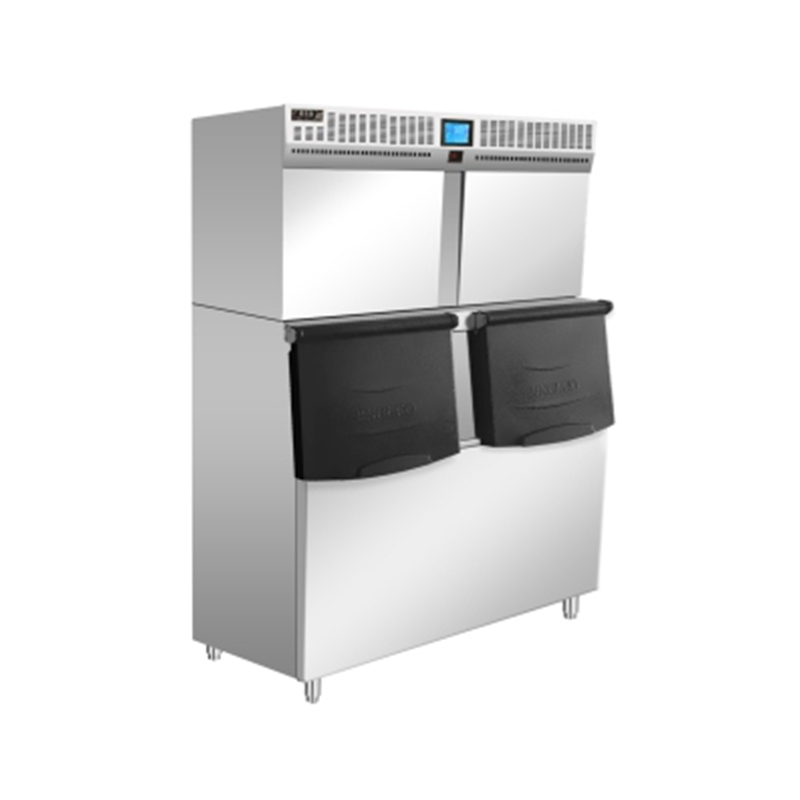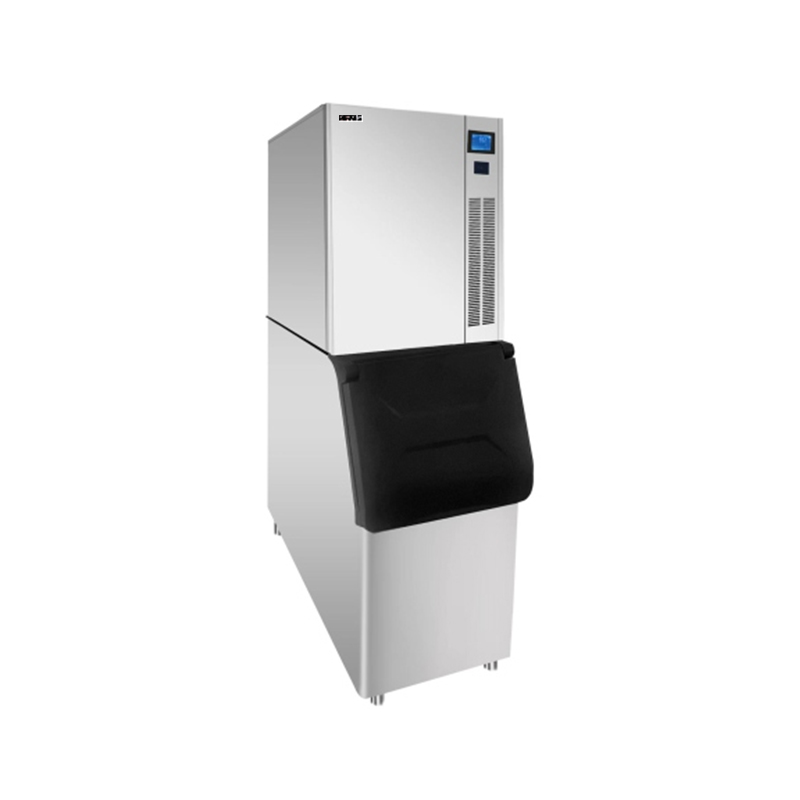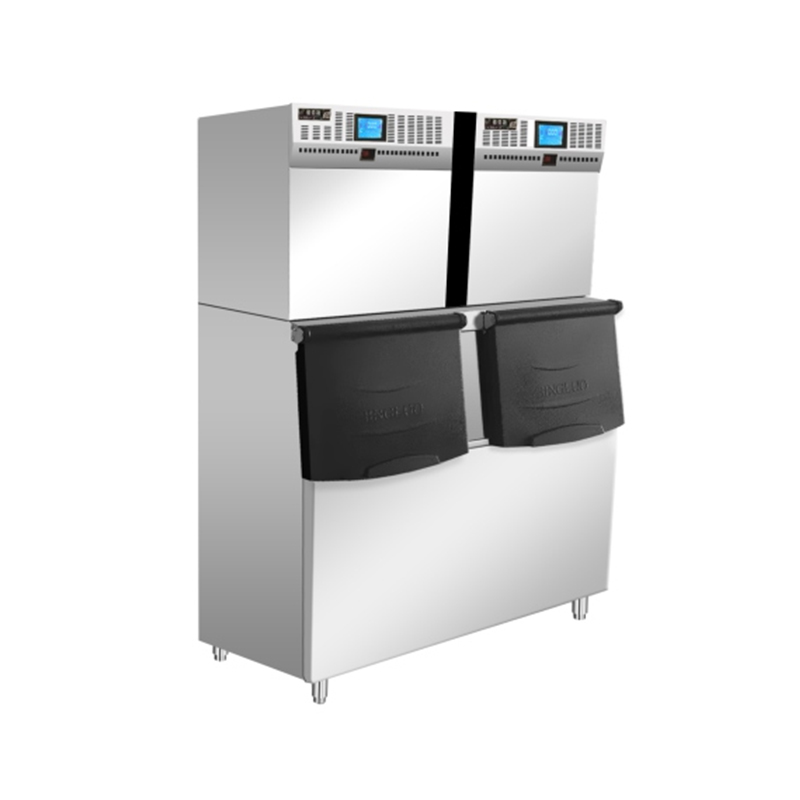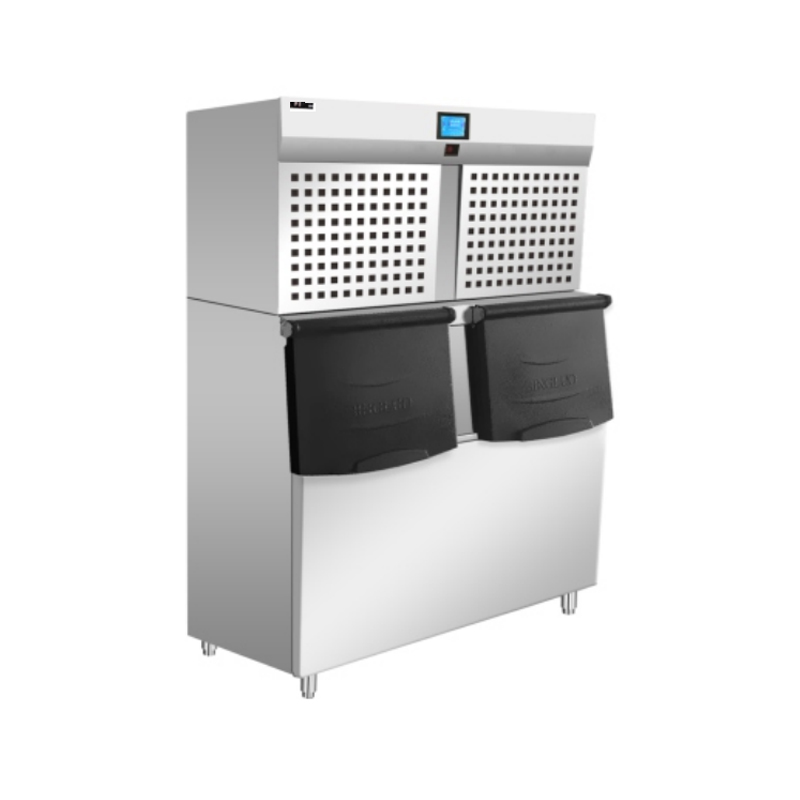2025-10-09
The Backbone of Cold: A Deep Dive into the Commercial Ice Maker
In the bustling world of hospitality, food service, and healthcare, there's an unsung hero working tirelessly behind the scenes: the commercial ice maker. Far more than just a glorified freezer, this sophisticated piece of equipment is the lifeblood of cold beverages, the key to preserving fresh ingredients, and a critical component in medical applications. While it may seem like a simple machine, a closer look reveals a world of engineering and design dedicated to efficiency, hygiene, and reliability. This article will explore the multifaceted nature of the commercial ice maker, from its various types and technologies to the crucial factors one must consider before investing in this essential appliance.
The Anatomy of an Ice Machine: Beyond the Bin
At its core, a commercial ice maker operates on the same principle as your refrigerator's freezer, but on a much larger and more efficient scale. The process begins with water entering the machine and flowing over a chilled evaporator plate. Refrigerant circulating through coils within this plate absorbs heat from the water, causing it to freeze. Once the ice reaches the desired thickness, a hot gas bypass system briefly warms the plate, allowing the newly formed ice to release and fall into a storage bin. This cycle repeats continuously, ensuring a steady supply of ice.
However, the magic is in the details. Modern commercial ice makers feature advanced filtration systems to ensure the water is clean and the ice is clear and odorless. Many models include self-cleaning cycles that flush out mineral deposits and bacteria, maintaining hygiene and extending the machine's lifespan. The insulation of the storage bin is also crucial, as it keeps the ice from melting too quickly, reducing energy consumption and ensuring the ice is ready for use whenever needed.
A Spectrum of Shapes: Understanding Ice Types
Not all ice is created equal. The type of ice a commercial ice maker produces is often a defining factor in its application.
-
Cube Ice (Full-Cube & Half-Cube): This is the most common and versatile type of ice. Its large surface area melts slowly, making it perfect for drinks. Full cubes are ideal for high-end cocktails and soft drinks, while half-cubes fit well in glasses and are easier to dispense. The hard, slow-melting nature of cube ice makes it a staple in bars and restaurants.
-
Nugget Ice (or Chewable Ice): Known for its soft, chewable texture and fast-cooling properties, nugget ice is made from compressed flakes. It's a favorite in hospitals, healthcare facilities, and convenience stores. Its soft consistency is gentle on teeth, and it packs tightly in cups, making drinks feel fuller and colder.
-
Flake Ice: With a soft, granular texture, flake ice is perfect for food displays, particularly in grocery stores and seafood markets. It molds around products to keep them uniformly chilled without bruising or damaging delicate items. It's also used in medical and laboratory settings for cooling and packing.
-
Gourmet Ice (or Top Hat Ice): This ice is recognized by its unique, clear, and perfectly cylindrical or conical shape. It's dense, melts very slowly, and is highly sought after by high-end bars and restaurants for premium spirits and cocktails where presentation is key.
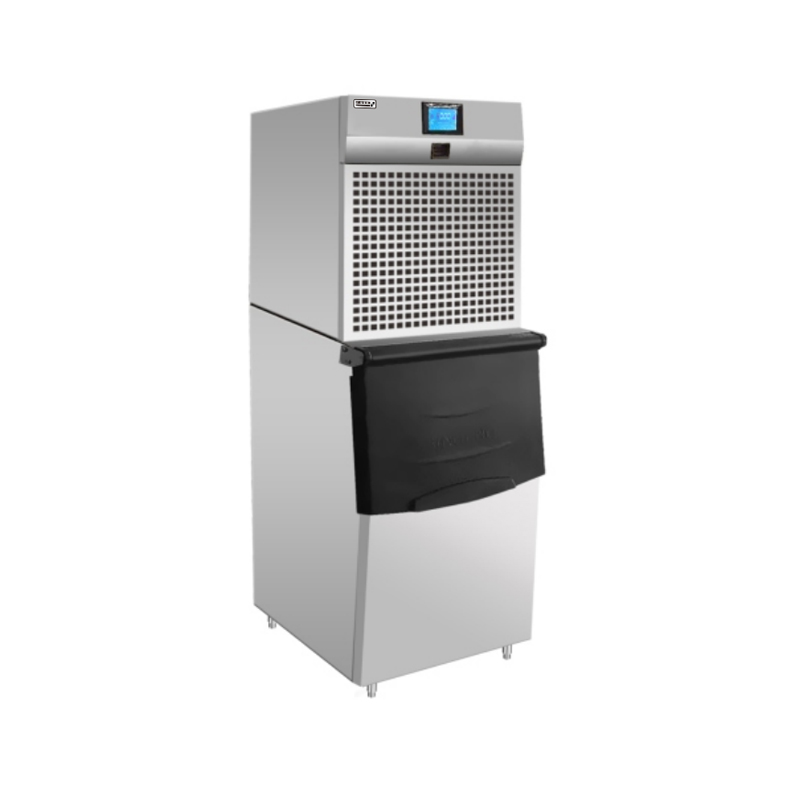
Sizing Up Your Needs: Choosing the Right Machine
Selecting the appropriate commercial ice maker is a critical business decision. The wrong choice can lead to lost revenue due to shortages or wasted energy from an oversized unit. Several key factors must be considered:
-
Production Capacity: How much ice do you need per day? A small café will have vastly different needs than a large hotel or a fast-food chain. A good rule of thumb is to calculate your peak demand and then add a buffer.
-
Ice Type: As discussed, the type of ice you need is dictated by your application. Bars require cube or gourmet ice, while a hospital will need nugget ice.
-
Air-Cooled vs. Water-Cooled: Air-cooled machines are more common and generally more energy-efficient, using ambient air to cool the condenser. However, they require good ventilation. Water-cooled machines are better for hot, poorly ventilated spaces, but they use more water, which can increase utility costs.
-
Storage Bin Size: The size of the ice storage bin should match the machine's production capacity and your usage patterns. A large bin prevents you from running out of ice during busy periods, but an oversized one can lead to ice melting and clumping.
-
Location and Space: The physical dimensions and required clearances for a commercial ice maker are important. You must ensure the machine fits comfortably in your space, with adequate room for maintenance and proper airflow.
The Future of Frost: Innovation in Ice Making
The evolution of the commercial ice maker is far from over. Today's machines are smarter and more sustainable than ever. Many now feature IoT (Internet of Things) connectivity, allowing operators to monitor ice production, receive maintenance alerts, and track energy usage remotely. The focus on sustainability has led to the development of models using eco-friendly refrigerants and advanced energy-saving modes.
In conclusion, the commercial ice maker is a testament to the fact that even the most seemingly mundane equipment can be a marvel of engineering. It's a vital, powerful, and adaptable machine that keeps the wheels of commerce turning, one perfectly formed piece of ice at a time. Choosing the right one is not just about having a supply of cold; it's about optimizing operations, ensuring customer satisfaction, and building a foundation for success.

 English
English русский
русский Español
Español عربى
عربى